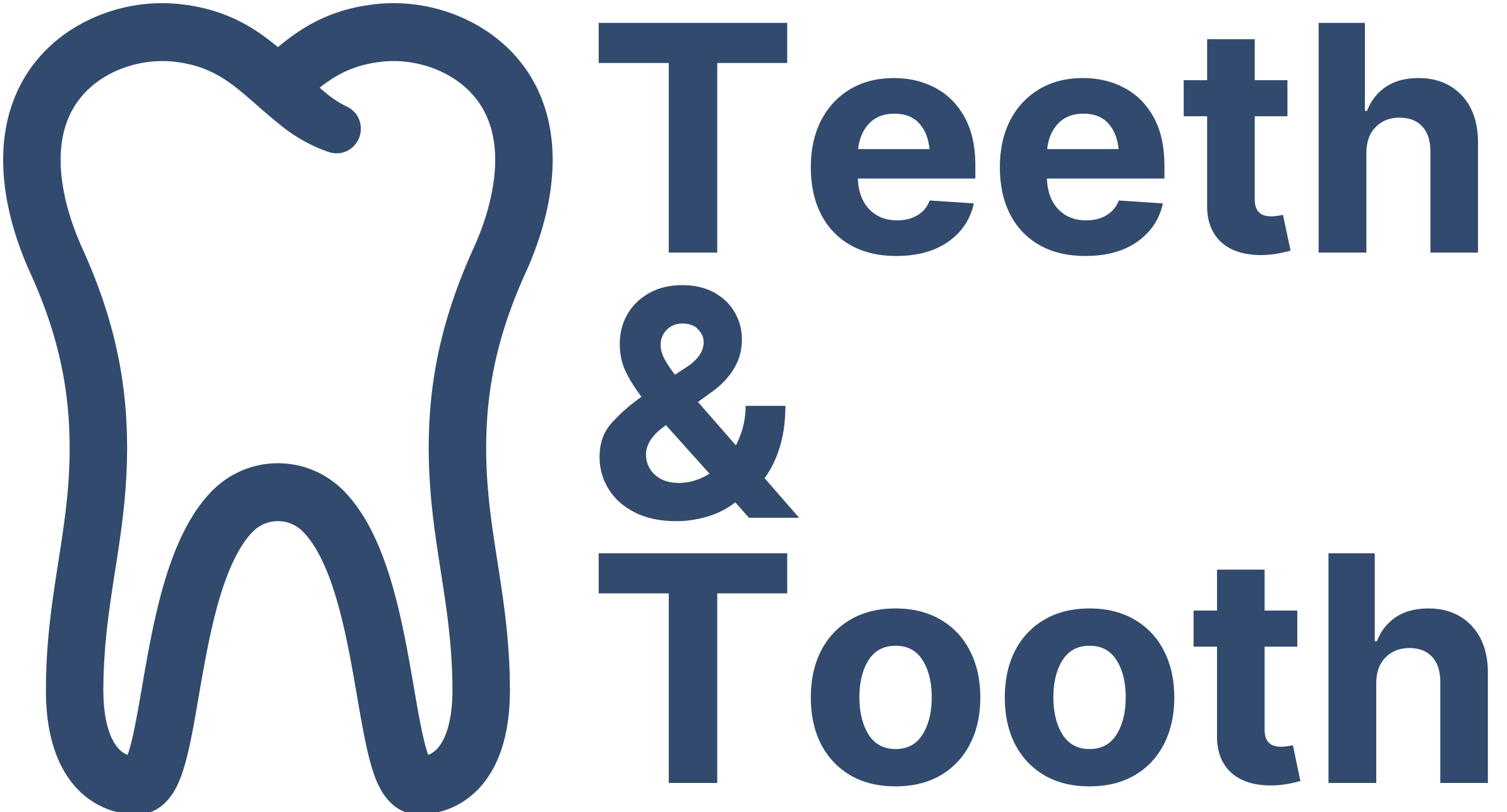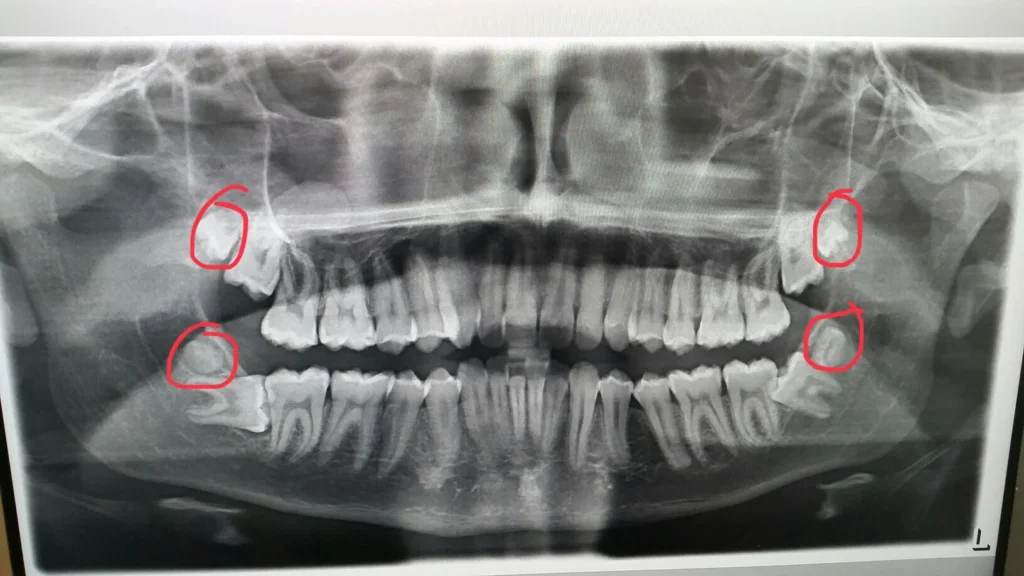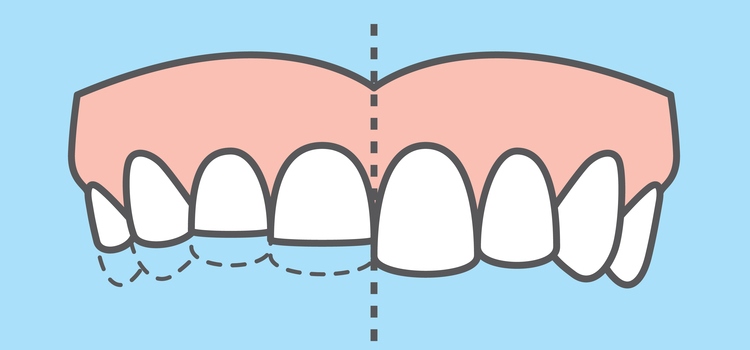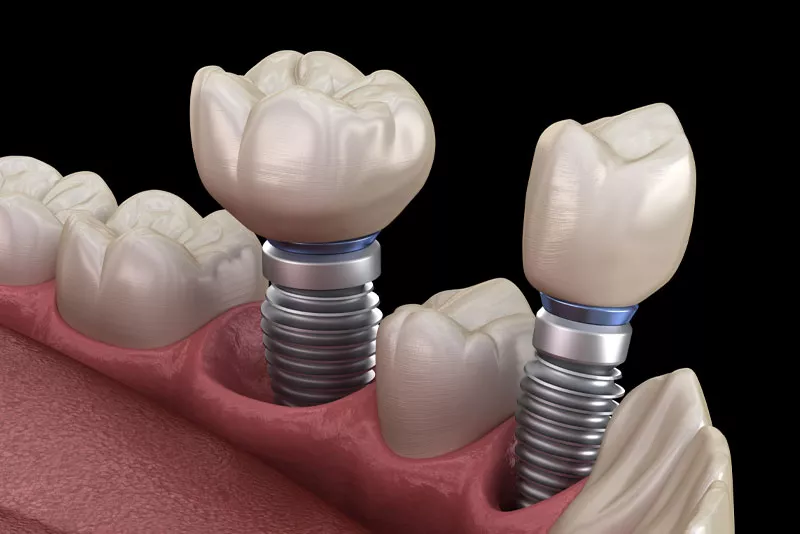We are all familiar with the wisdom teeth, and the pain it can cause when it becomes impacted. The teeth generally emerge in late adolescence or early adulthood when they erupt through the gums.
Typically, human beings develop four wisdom teeth, with two located in the upper jaw and two in the lower jaw. However, a small fraction of the population exhibits a dental phenomenon known as hyperdontia, where additional wisdom teeth are present.
Today, we are looking into one of the most jaw-dropping (pun unintended!) phenomena in the dental world: the possibility of having not just four, but a whopping eight wisdom teeth. That’s right, double the norm!
We are going to unpack this curious condition, its implications for your dental well-being, and what you can do about it. So sit back, grab your toothbrush, and let’s explore this together!
What Exactly Are Wisdom Teeth?
Wisdom teeth are the third set of molars located at the very back of your mouth. Most people have four wisdom teeth—two on the top jaw and two on the bottom. They generally begin to appear between the ages of 17 and 25. The term “wisdom” in their name is a nod to the supposed increased wisdom or maturity that comes with age.
You may be interested in: Why It’s OK To Be Scared of Dying During Wisdom Teeth Removal
A wisdom tooth is much like any other molar in your mouth. It has a crown, roots, and sits embedded in the jawbone, surrounded by a gum tissue. Depending on your dental health and how the tooth erupts, the roots can either be fully formed, partially formed, or even fused together.
While some people have wisdom teeth that grow in perfectly aligned, many others are not so lucky. Wisdom teeth can grow sideways, become impacted, or even start causing crowding among the other teeth. This leads to a host of problems including gum pain, infection, and even damage to the adjacent teeth as it is pushed by the impacted wisdom tooth.
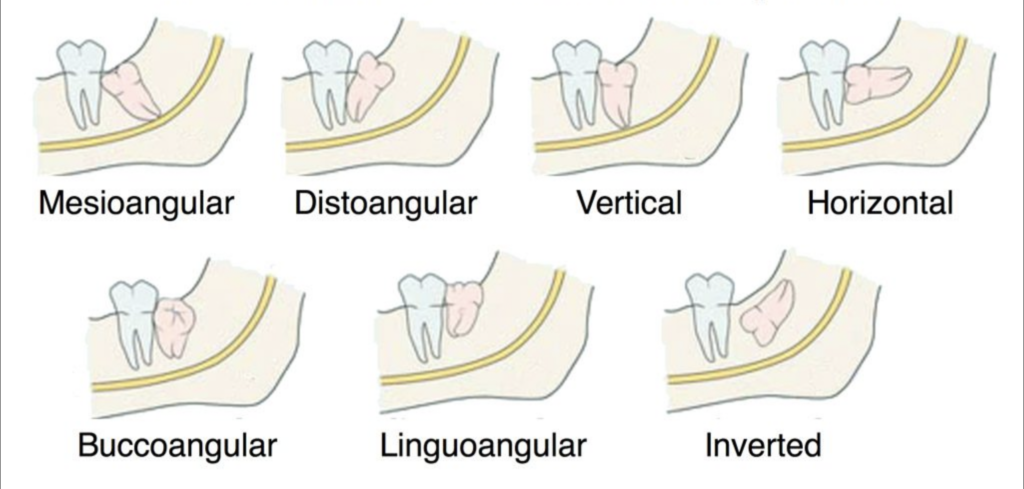
Now you may wonder why we have them in the first place. Back in the day when our ancestors had a diet that was harder to chew (think raw plants and uncooked meat), these extra molars were quite useful. However, over time, as our diets became softer and more refined, the role of wisdom teeth diminished.
In fact, approximately 20% to 30% of the global population today do not grow up with a wisdom tooth. On the extreme end however, about 3 to 8% of the population suffer from hyperdontia, a phenomenon where individuals exhibit more than the customary four wisdom teeth, with cases reported of as many as eight wisdom teeth.
What It Means to Have Eight Wisdom Teeth?
Hyperdonita, which is very rare, raises pertinent questions about its implications for oral health, anatomical variations, and required treatments.
When eight wisdom teeth are present, the additional four are often referred to as supernumerary teeth. These are typically situated posterior to the conventional third molars and may be aligned similarly or at a different orientation. Depending on the growth of the additional teeth, they may or may not erupt through the gum tissue, and in some instances, they may remain impacted within the jawbone, concealed beneath the gum line.
The underlying factors that may cause the development of eight wisdom teeth are not entirely understood. While genetic predisposition is the most widely accepted explanation, scientists and researchers have also attributed dental development to other factors such as the following:
- Environment: Conditions that occur during tooth bud formation could also play a role. This includes maternal diet during pregnancy, exposure to environmental toxins, or use of certain medications that could affect the dental lamina and the initiation of tooth development.
- Hormonal Imbalance: Hormones regulate various developmental processes, including tooth formation. Although not conclusively proven, there are hypotheses suggesting that hormonal imbalances during the critical phase of dental development could potentially trigger the formation of extra teeth.
- Epigenetic Changes: In some instances, epigenetic changes—which alter gene expression without modifying the DNA sequence—may contribute. Factors like stress, nutrition, or exposure to specific environmental conditions during critical periods of dental development could trigger these changes.
The presence of eight wisdom teeth is an interesting yet complex topic for it presents unique anatomical variations, diagnostic challenges, and potential health implications for the patient.
How to Know How Many Wisdom Teeth I Have?
Knowing the number of wisdom teeth you have can be crucial for your dental health, and, guess what? It’s not always the usual ‘fab four. Here are some of the different ways that dentist do to determine the number of wisdom teeth you may have:
- Visual Inspection: The most rudimentary method for determining the number of erupted wisdom teeth involves a straightforward visual examination. This is often conducted as part of a routine dental check-up and allows for the identification of any wisdom teeth that have fully or partially erupted through the gum tissue.
- Dental X-ray: Also known as a panoramic radiograph, this imaging modality allows a dentist to visualize not only erupted teeth but also those that remain impacted within the jawbone or are concealed by the gingiva (gum tissue).
- Cone Beam Computed Tomography (CBCT): More commonly known as a CT scan, this technique takes a three-dimensional image of your teeth, providing a detailed anatomical view and facilitating an accurate count of wisdom teeth, including those that are ectopically positioned or impacted.
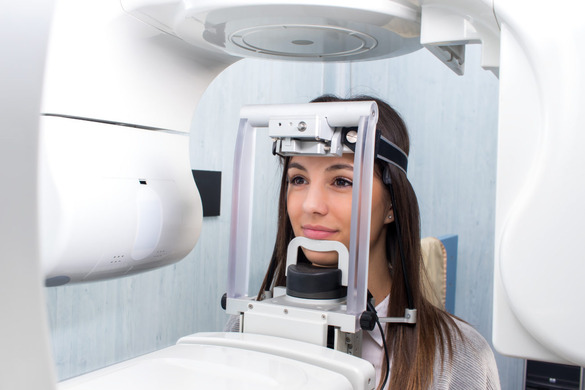
Through the visual inspection, if your dentist suspects that something is amiss, a combination of the dental X-ray and CT scan may be taken to provide a comprehensive overview of your overall dentition.
How to Treat Eight Wisdom Teeth?
Due to how rare and complicated it is, the treatment of eight wisdom teeth necessitates a specialized and comprehensive treatment. Here are some of the treatment options that an oral and maxillofacial surgeon may opt for when treating eight wisdom teeth. Additionally, specialists, such as orthodontists, may be involved in complex cases.
Here are the treatment options:
- Monitoring: In some instances, especially for asymptomatic cases, a ‘wait-and-see’ approach may be recommended. Regular dental check-ups and imaging studies will be necessary for ongoing assessment.
- Selective Extraction: Removal of only those wisdom teeth that pose immediate or foreseeable issues (e.g., impaction, decay, gum infection) is another option. The extraction may be staged over multiple sessions.
- Comprehensive Extraction: In complex cases involving crowding, malocclusion, or other orthodontic complications, the extraction of all eight wisdom teeth may be advised. This is often followed by orthodontic treatment for alignment correction.
- Palliative Care: In cases where extraction or surgery is not immediately possible, symptomatic relief through medication for pain and infection control is crucial.
If a surgery is done, you are encouraged to adhere to the surgeon’s post-operative instruction. This may involve the use of over-the-counter pain relievers, prescription medications, strict adherence to oral hygiene, avoidance of certain food, and follow-up visits.
You may be interested in: Can a Wisdom Teeth Fall Out Naturally On Its Own?
Closing Thoughts
So, there you have it—yes, it’s entirely possible to have eight wisdom teeth, although it’s exceptionally rare! Having eight wisdom teeth is an extraordinary variation in dental anatomy that falls under the umbrella of hyperdontia.
The reasons why some people end up with eight wisdom teeth are rooted in a blend of genetic, environmental, and possibly even evolutionary factors. For those looking to manage the staggering number of wisdom teeth, a comprehensive, multidisciplinary approach to dental care is required, from diagnosis and treatment planning to surgical intervention and long-term monitoring.
So the next time you’re sitting in your dentist’s chair, getting ready for that panoramic X-ray, just remember—your mouth might just hold the secret to one of dentistry’s most unusual and intriguing phenomena!
